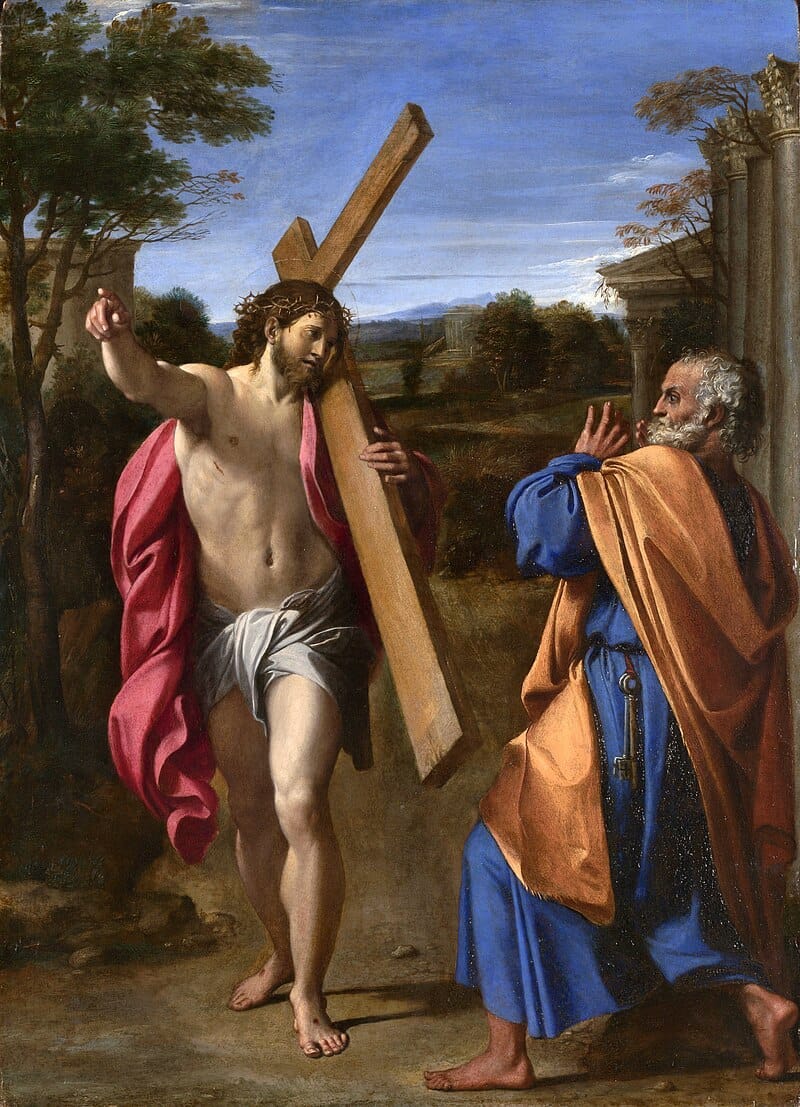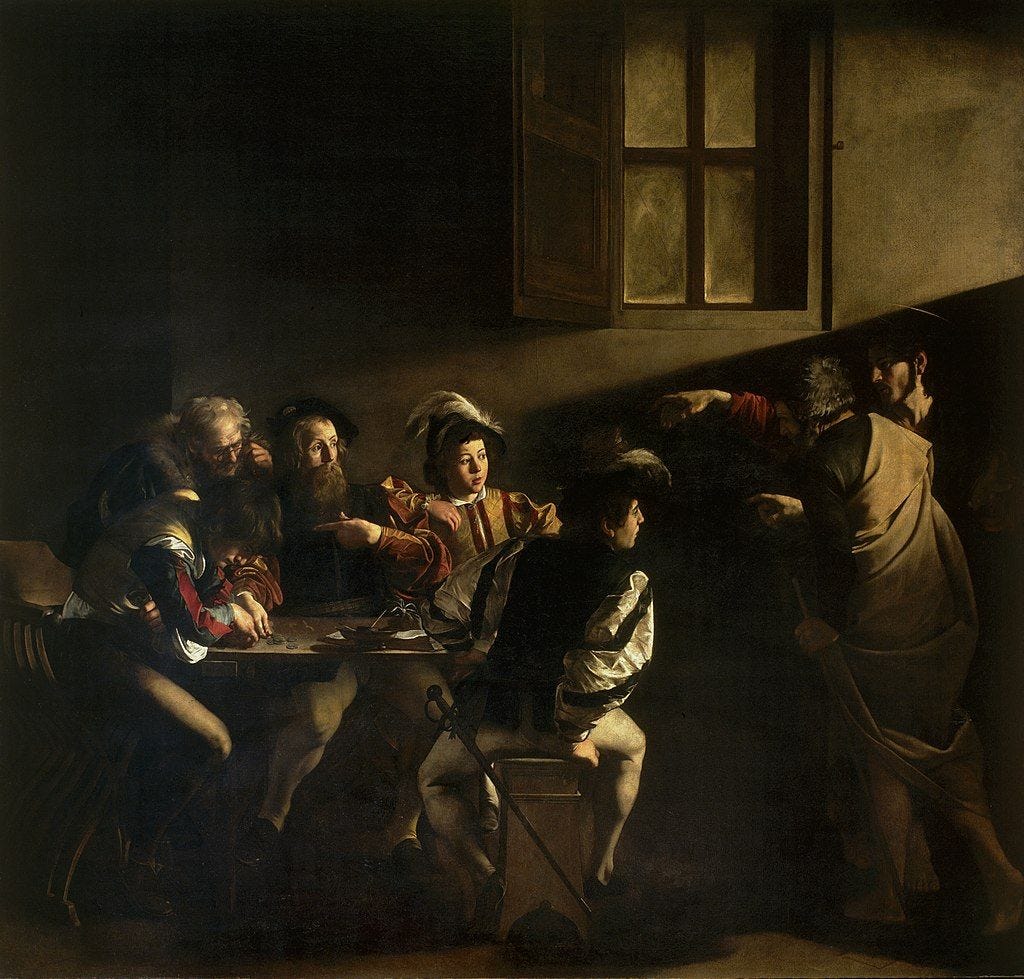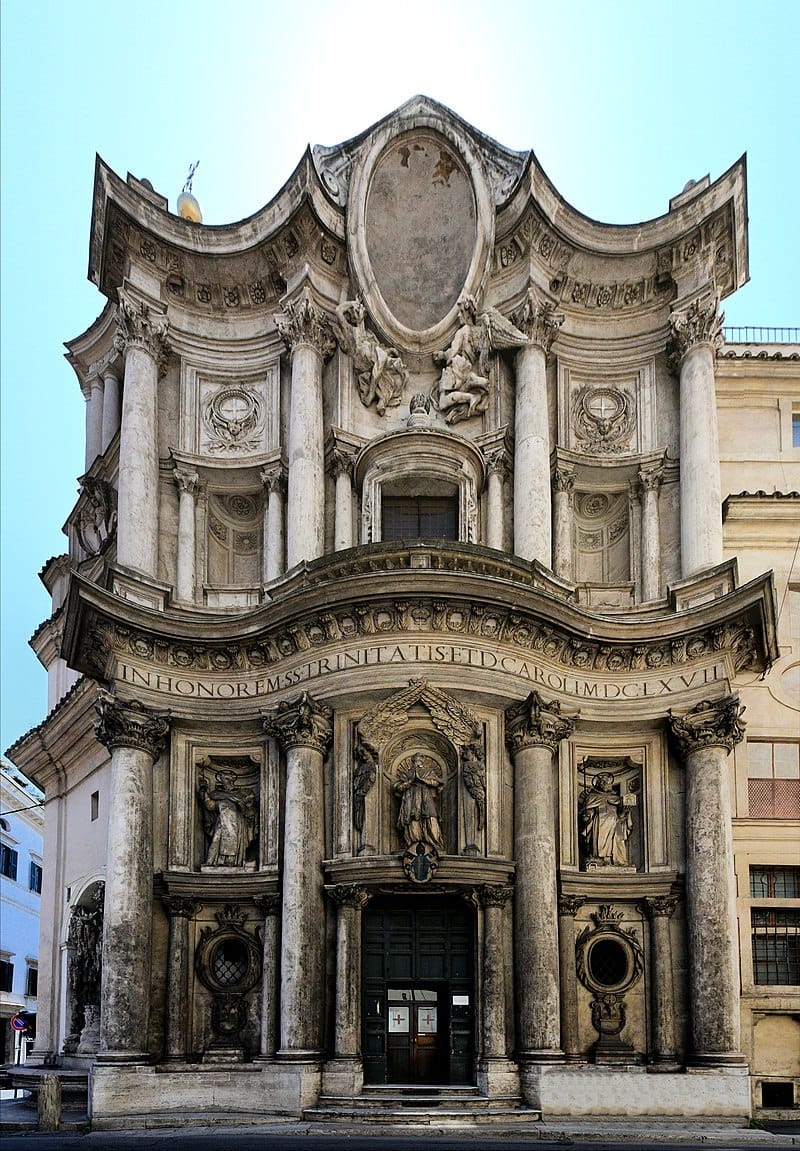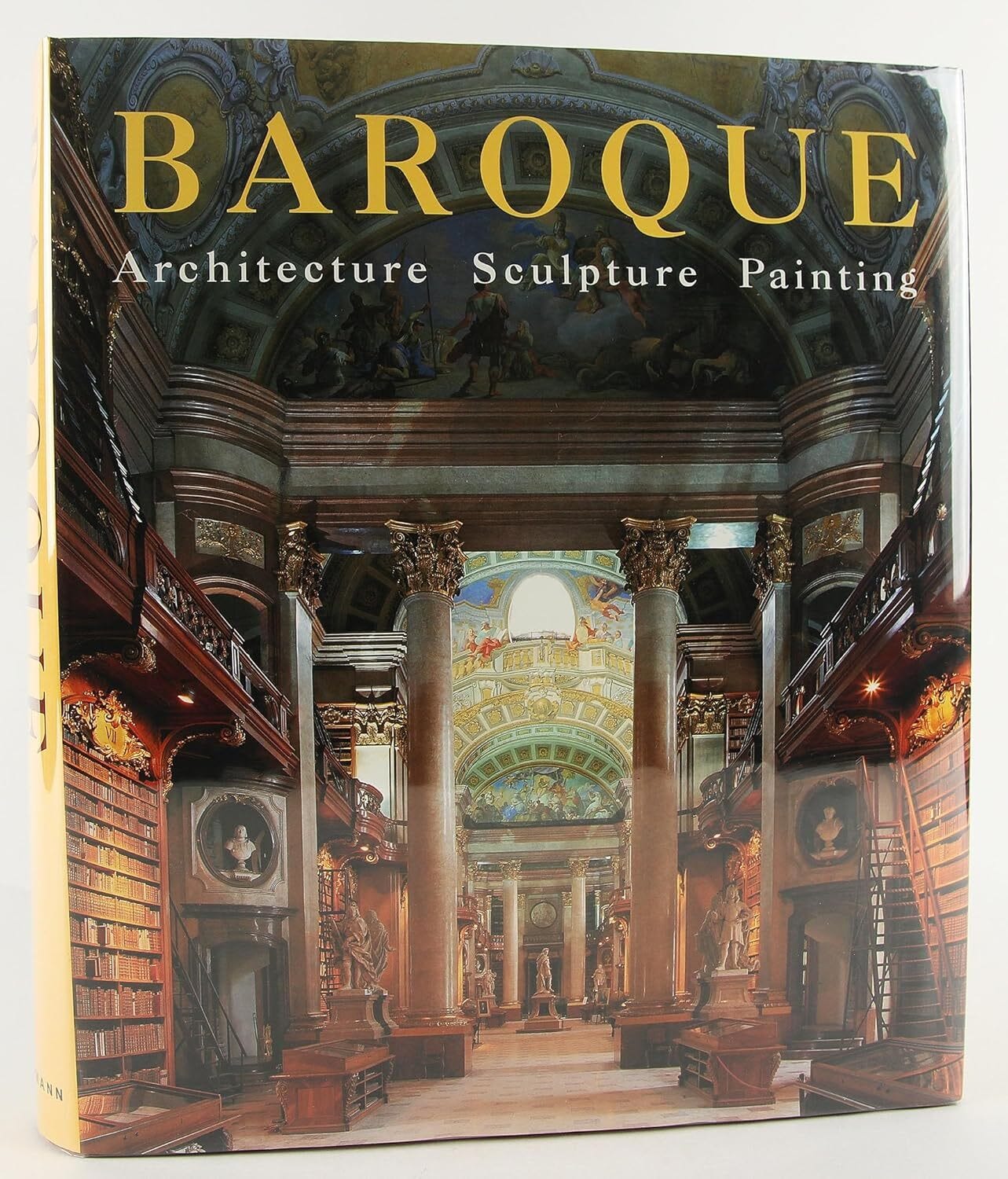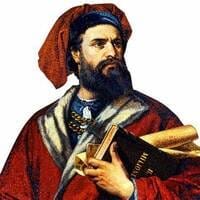The Art That Saved Christianity: How Baroque Rescued the Sacred
Baroque didn’t just restore Christian art—it waged war against doubt, turning churches into breathtaking battlegrounds where faith wasn’t just seen, but felt.
Table of Contents
Today, the Culture Explorer dives into the bold, theatrical world of Baroque architecture—the style that didn’t just decorate churches but saved Christian art itself. We’ll uncover how this movement turned faith into an immersive experience, overwhelming the senses with grandeur, light, and movement. Get ready to explore the masterpieces that reshaped Europe’s skyline and changed the way we experience the sacred forever.
In 1545, Catholic leaders gathered for the Council of Trent. The Church was in crisis. Protestant Reformers were smashing religious images, calling them idolatry. Renaissance art—once a tool for devotion—was now under siege. Some even questioned if churches should have images at all. If Christian art was to survive, it needed to do more than exist. It had to overpower.
This was the birth of Baroque, a movement that refused to be ignored. The very word Baroque likely comes from the Portuguese barroco, meaning an irregular pearl—something imperfect yet mesmerizing. In the Middle Ages, barocco described obstacles in logic, a fitting metaphor for how early critics viewed the style: excessive, bizarre, a break from the rational balance of the Renaissance. Art critics from Johann Winckelmann to John Ruskin dismissed it as grotesque and overdecorated. Yet, what they saw as excess was actually strategy.
The Church needed to reclaim its people. Faith was slipping. The cold rationalism of the Reformers stripped religion of its mystery, making it feel distant. Baroque would reverse that—it would make faith felt, overwhelming the senses with movement, grandeur, and light. The goal was not just beauty; it was persuasion.
But it didn’t happen overnight. In the late 1500s, two painters began to break away from the restrained elegance of the High Renaissance. Annibale Carracci revived naturalism, painting religious figures with real emotion, while Caravaggio shattered tradition with dramatic lighting (chiaroscuro) and raw human intensity. His Calling of St. Matthew (1599) wasn’t just a scene; it felt like you were inside it.
These ideas would soon spill into architecture. Churches would no longer be static spaces—they would move, swirl, and ascend. Faith wouldn’t just be understood. It would be experienced.
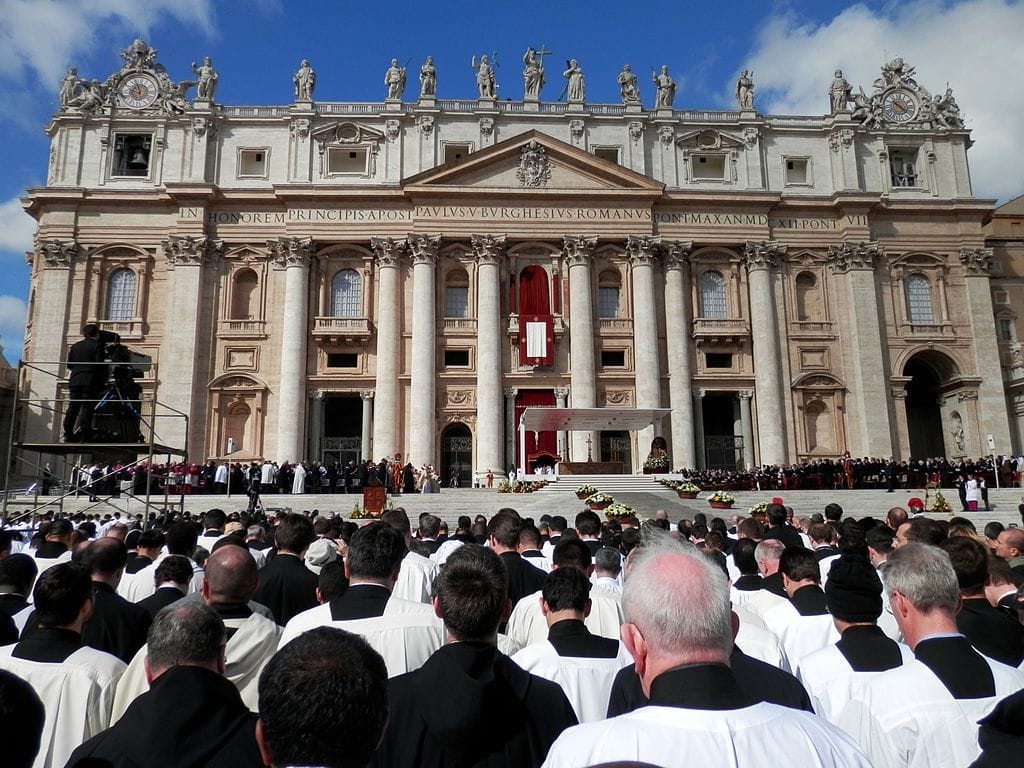
Nowhere was this transformation more visible than in St. Peter’s Basilica. The Renaissance had laid its foundation, but it was Gian Lorenzo Bernini who gave it its spiritual force. His colonnade extends like open arms, embracing the faithful. His Baldachin, a twisting bronze canopy over the high altar, turns the center of the church into a divine stage. Baroque wasn’t just about decoration—it was theater.
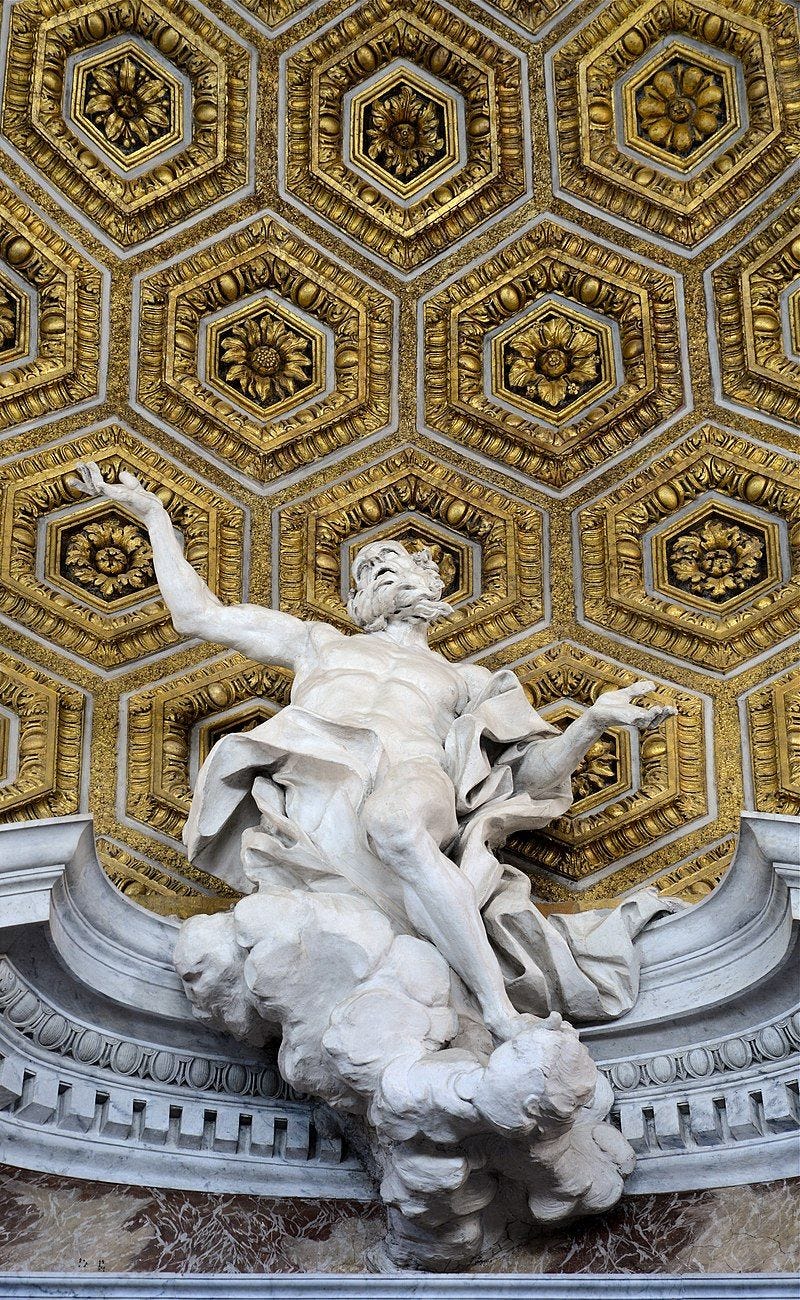
Bernini understood movement like no other. His Sant’Andrea al Quirinale is small, yet it breathes. The oval shape, the golden light, the way every element pushes the viewer’s eye upward—it doesn’t just house faith. It lifts it.
Meanwhile, Bernini’s greatest rival, Francesco Borromini, rejected straight lines entirely. His San Carlo alle Quattro Fontane ripples with curves, as if the building itself is in motion. Inside, the ceiling undulates, creating the illusion of a space alive with divine energy.
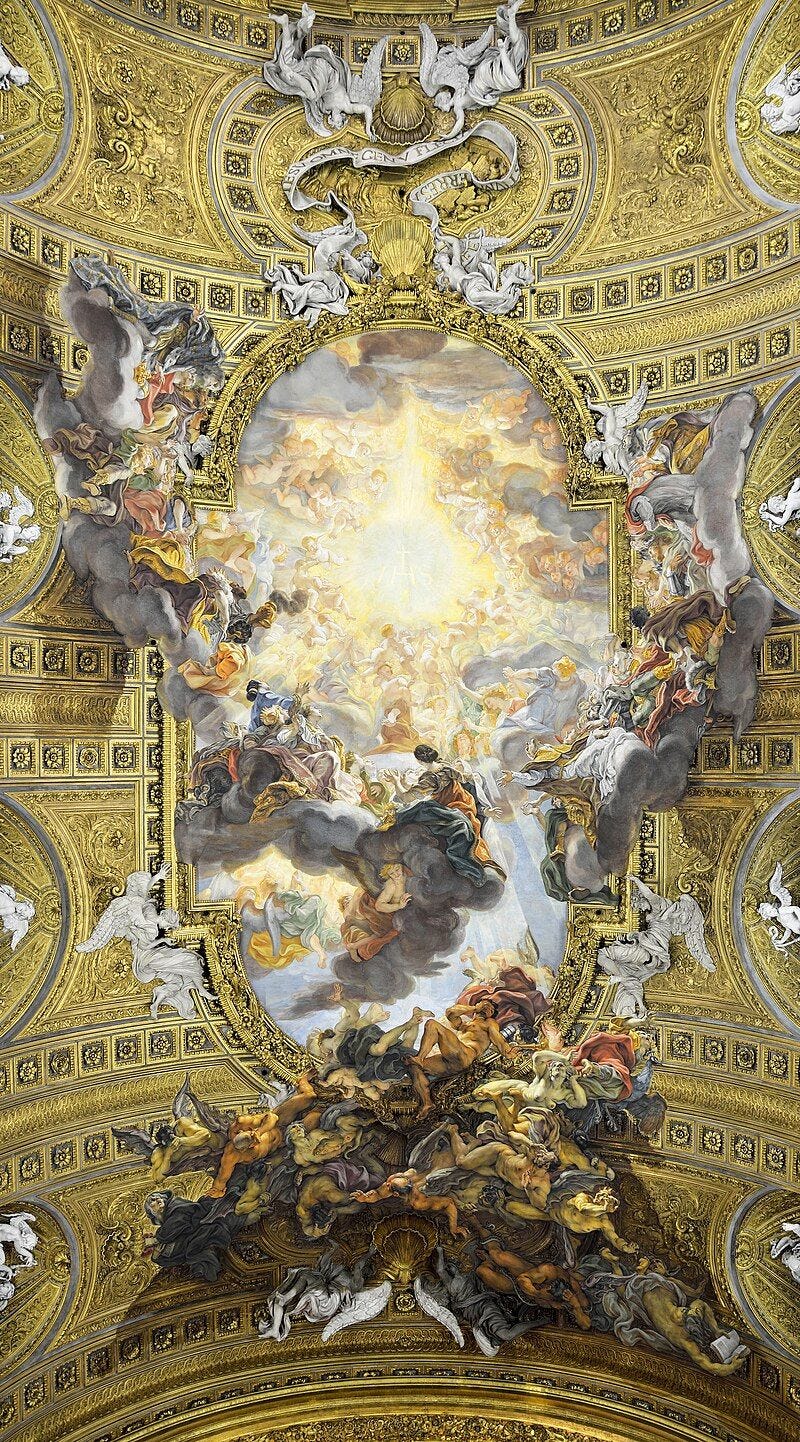
Then came the Church of the Gesù, the birthplace of Jesuit Baroque. Giovanni Battista Gaulli’s ceiling fresco, The Triumph of the Name of Jesus, doesn’t just depict heaven. It erupts into the real world, with figures spilling out of the clouds as if they are breaking into our reality.
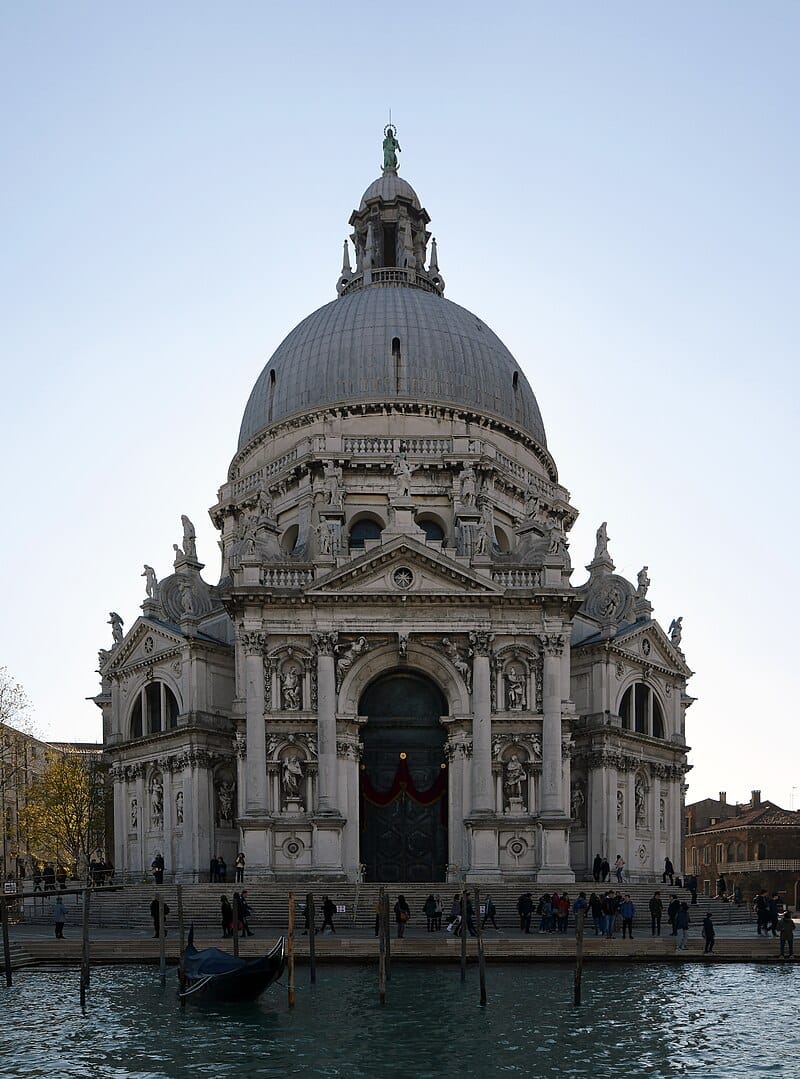
But Baroque didn’t stay confined to Rome. In Venice, Santa Maria della Salute rises like a jewel on the Grand Canal, a church built in gratitude after surviving the plague. Light floods in from above, making the space feel weightless, almost floating.
Sicily took Baroque even further. After the 1693 earthquake, entire cities were rebuilt in theatrical splendor. Catania Cathedral pulsates with movement, while Noto Cathedral stands like a golden mirage under the Sicilian sun. The earthquake may have destroyed the old, but Baroque turned the ruins into something even more breathtaking.
Rome, 1600s. The Catholic Church is under attack.
Protestants are smashing Christian art across Europe.
Then, a movement emerges—bold, theatrical— that fights back.
Here's how Baroque art saved Christian art forever... 🧵👇
— Culture Explorer (@CultureExploreX)
7:10 PM • Mar 12, 2025
Yet, Baroque wasn’t just about faith. It was about power. The rise of absolute monarchies meant kings wanted their grandeur displayed in stone. Nowhere is this clearer than the Palace of Versailles, where Louis XIV turned Baroque into a tool of political domination. The gardens, the Hall of Mirrors, the vast frescoes—every inch was designed to overwhelm and assert control.
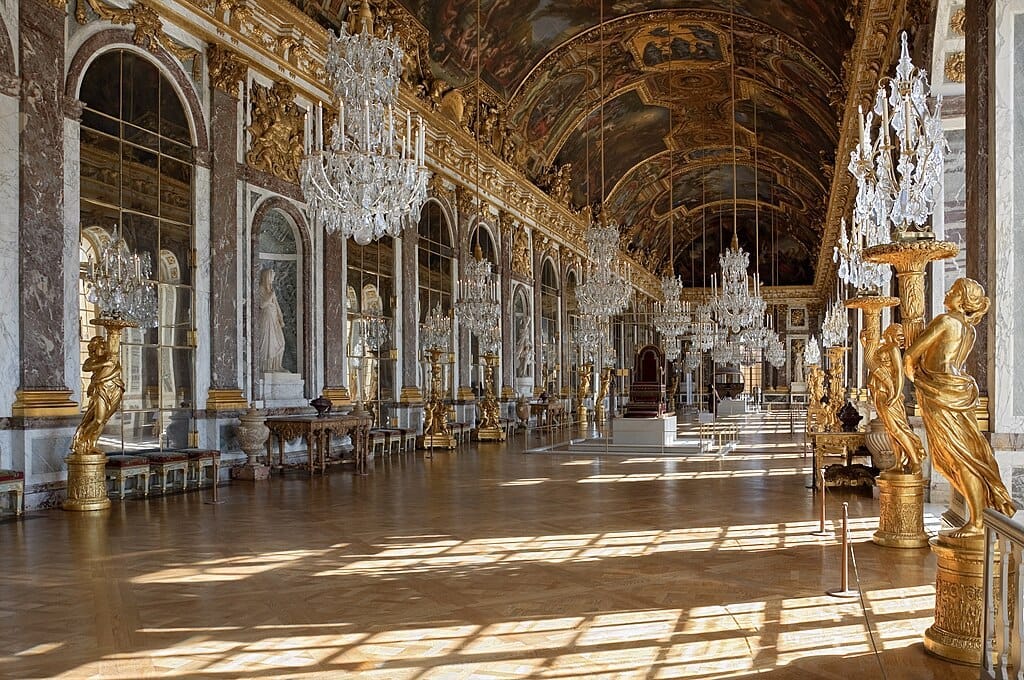
At the same time, science and exploration were reshaping the world. The Copernican revolution had pushed Earth from the center of the universe, creating both awe and anxiety. Baroque reflected this shift—paintings often placed tiny human figures in vast landscapes, hinting at the immensity of creation.
By the late 1600s, Baroque had spread across Europe and beyond, transforming everything from painting to music to city planning. But nowhere was its impact more profound than in the Catholic Church.
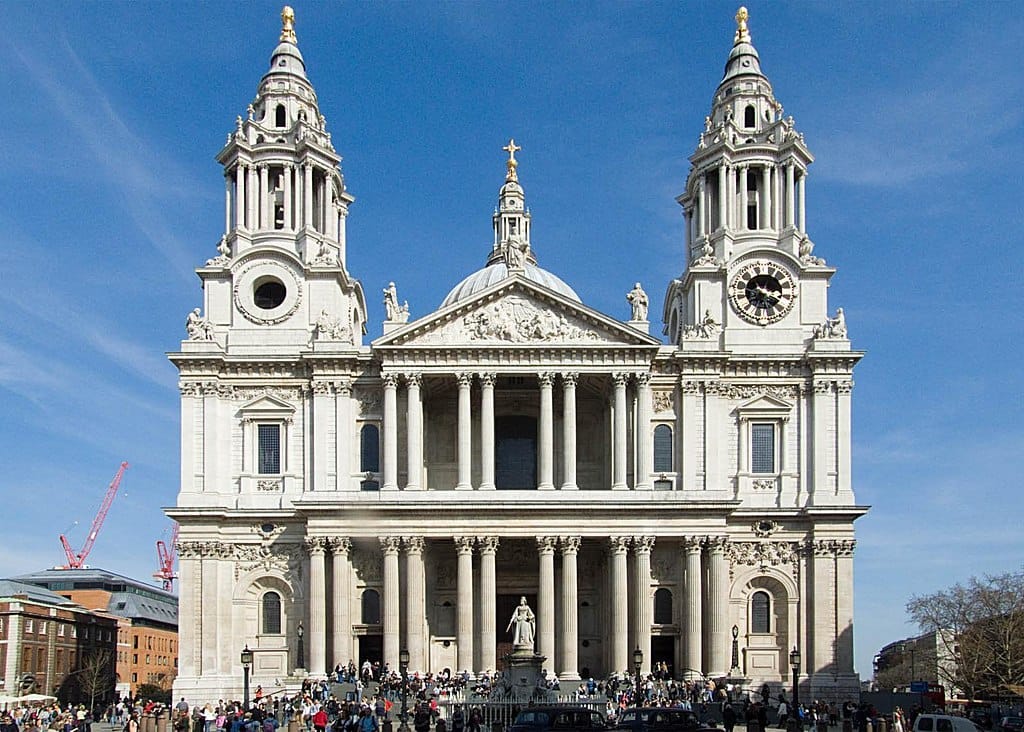
Without Baroque, Christian art might have faded. The Reformers nearly erased it. The rationalists dismissed it. But Baroque fought. It seduced. It turned faith into an experience so overwhelming that it could not be ignored.
Even today, when you step into a Baroque church, you don’t just see it—you feel it. The movement, the light, the sheer grandeur—it grips you, reminding you that faith isn’t just an idea. It’s a force.
Baroque didn’t just decorate churches—it saved them. And in doing so, it saved Christian art itself.
So, the next time you walk into a Baroque church and wonder why it’s so opulent…
Ask yourself: was there any other way?
"The colors in the paintings are like the illusions that convince the eyes, similar to the beauty of the verses in poetry."
Nicolas Poussin on Baroque




